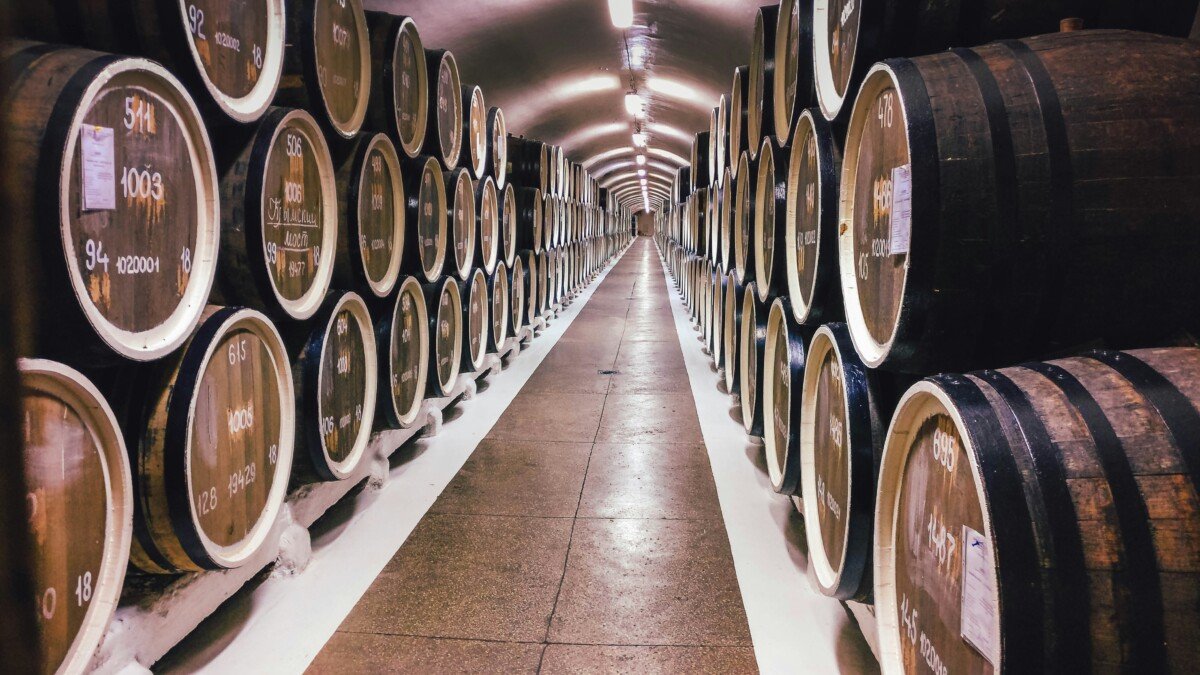Introduction to Cape Verde and Its Unique Culture
Situated off the northwest coast of Africa, Cape Verde is an archipelago composed of ten volcanic islands, renowned for their scenic landscapes and vibrant culture. This unique collection of islands, discovered by Portuguese explorers in the 15th century, reflects a rich tapestry of influences drawn from African, Portuguese, and Brazilian traditions. The amalgamation of these cultures has resulted in a distinctive heritage that permeates the daily lives of Capeverdeans.
The influence of African traditions is evident in the islands’ local customs, where music and dance play a central role. The traditional music genres, such as morna and coladeira, are foundational to Cape Verdean identity, often performed at social gatherings and celebrations. These musical forms encapsulate the spirit of the islands, telling stories of love, loss, and the experience of the diaspora. Alongside the melodies, vibrant dance styles add to the cultural richness, allowing people to express their emotions and heritage.
Cape Verdean cuisine further exemplifies the islands’ cultural blend, highlighting ingredients native to the region along with those introduced by colonial influences. Staples such as cachupa, a slow-cooked stew, are widely celebrated and often shared at family gatherings and communal events. The culinary practices reflect the islands’ history and adaptability, offering flavors that represent both local resources and distant influences.
Integral to the cultural identity of Cape Verde is the local spirit, particularly the Cape Verdean grogue. This traditional rum, distilled from sugarcane, is more than just a beverage; it embodies the social fabric of Cape Verdean life. Grogue is often enjoyed during celebrations, symbolizing hospitality and community. As one delves into the exploration of Cape Verde, the interplay of its cultural elements, alongside its renowned spirit, sets the stage for a deeper understanding of this remarkable archipelago.
What is Grogue Rum?
Grogue, often referred to as Cape Verdean grogue, is a distinct spirit that plays an integral role in the culture of the Cape Verdean islands. It is primarily produced from sugarcane, which thrives in the tropical climate of this archipelago. The process of making grogue involves fermenting sugarcane juice, which is then distilled to create a potent beverage that reflects the heritage of the islands. Traditional methods are commonly employed, with small-scale distilleries utilizing age-old techniques passed down through generations.
The production of Cape Verdean grogue typically begins with the harvesting of ripe sugarcane. The sugarcane is crushed to extract its juice, which is then fermented. After sufficient fermentation, the liquid is distilled, often in simple pot stills, resulting in a spirit that is raw and flavorful. The final product usually has a higher alcohol content, often around 40% or even stronger, making it a robust option compared to other rums found around the globe.
On the various islands of Cape Verde, different variations of grogue can be found, influenced by local customs and available ingredients. For instance, some regions may infuse their grogue with fruits or spices, adding unique flavors that set them apart from standard African spirits. Grogue also plays a vital role in local celebrations and gatherings, symbolizing hospitality and togetherness. It is often enjoyed in communal settings, served during festivities, and used in traditional rituals, further deepening its significance in Cape Verdean society.
Overall, while grogue may resemble other rum variants, its production process, local significance, and unique flavor profiles distinguish it in a crowded market of spirits, establishing Cape Verdean grogue as a true hidden gem of the Atlantic.
The Cultural Significance of Grogue in Cape Verde
The Cape Verdean grogue, a traditional rum made from sugarcane, holds an essential place in the social fabric of Cape Verde. It is not just a beverage but a symbol of hospitality, community, and cultural identity. The production and consumption of grogue are deeply interwoven with the traditions and rituals that characterize life in the islands. During significant celebrations such as weddings, birthdays, and religious festivals, grogue is often at the center of festivities. It serves as a welcoming gesture that embodies the spirit of sharing and generosity amongst family and friends.
Locals frequently share anecdotes of how they grew up surrounded by the aroma of fermenting cane and the allure of heartfelt gatherings where grogue flowed freely. One such story comes from a resident of São Vicente, who reminisced about family reunions where the first round of grogue was always shared as a toast to honor their ancestors. “It is not just alcohol; it is a bridge that connects generations,” she recalls, highlighting how grogue fosters memories and reinforces familial bonds. This communal aspect of grogue reinforces its significance in Cape Verdean culture, establishing it as a cherished element of social events.
Moreover, grogue is not merely confined to celebrations. It permeates everyday life and interactions between Cape Verdeans. Locals often offer their guests a shot of grogue as a sign of friendship and warmth, reflecting the ingrained cultural norm of hospitality. Sharing this African spirit has become a means to forge connections and build relationships. The act of consuming grogue, whether in private homes or public festivities, underlines its role as a medium for social cohesion. Thus, the cultural significance of cape verdean grogue extends beyond its enjoyment; it is a vital link that nurtures strong communal ties among the people of Cape Verde.
How to Enjoy and Pair Grogue Rum
Enjoying Cape Verdean grogue rum requires a blend of appreciation for its unique characteristics and an understanding of how to enhance its tasting experience. Typically, grogue is best served neat or on the rocks, allowing its rich flavors and aromas to unfold. The spirit, with its bold profile reminiscent of molasses and tropical fruits, can be savored slowly to appreciate the nuances of this traditional African spirit.
For a more adventurous approach, mix grogue with various cocktails to showcase its versatility. One popular recipe is the Grogue Mojito, which combines fresh mint, lime juice, sugar, and soda water, resulting in a refreshing beverage that accentuates the rum’s natural sweetness. Additionally, its inclusion in tropical fruit-based cocktails, such as a grogue piña colada, adds an intriguing twist, enhancing the drink with complex layers of flavor.
Pairing Cape Verdean grogue with food can elevate the dining experience. It complements dishes rich in seafood, such as grilled fish or shrimp, which balance the rum’s robust character without overpowering it. Spicy Afro-Portuguese dishes, including peri-peri chicken or chouriço, harmonize particularly well, as the heat amplifies the beverage’s innate sweetness. Furthermore, a cheese platter featuring aged cheeses can create a delightful pairing, contrasting the creamy textures with the spirit’s energetic profile.
As interest in Cape Verdean grogue grows internationally, enthusiasts seeking authentic experiences should be mindful of sourcing. Specialized retailers and local Cape Verdean markets often carry this unique spirit, ensuring that its traditional essence is preserved. With increasing availability and diverse ways to enjoy grogue, it is becoming a recognized gem within the realm of African spirits, inviting exploration and palate expansion.











